Austrian Verbund AG is acquiring the Illora photovoltaic project in southern Spain from BayWa r.e. The solar park, with a planned total capacity of 147.6 MW, is scheduled to go into operation in the first quarter of 2022.
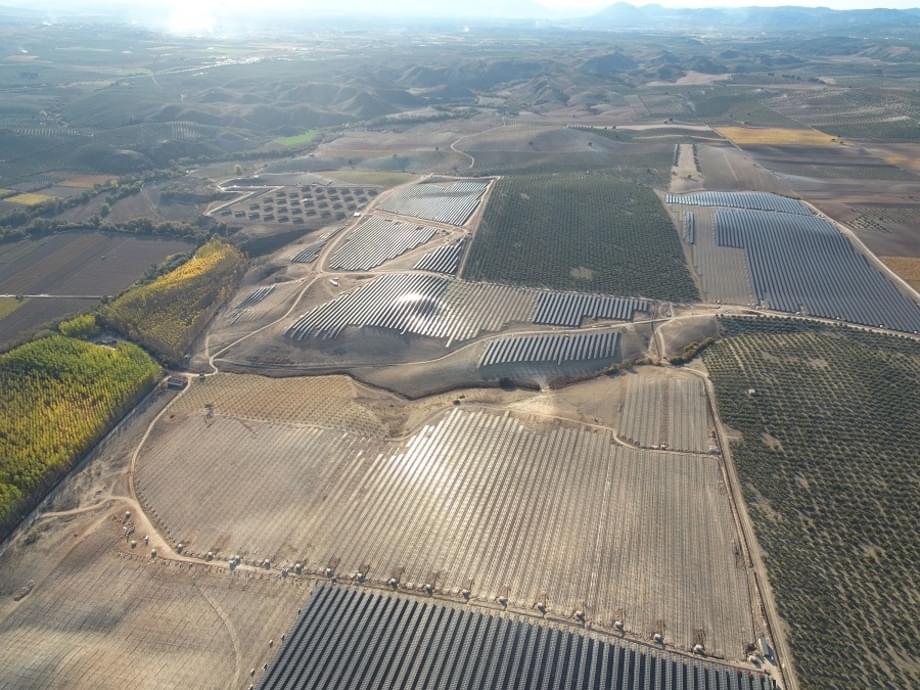

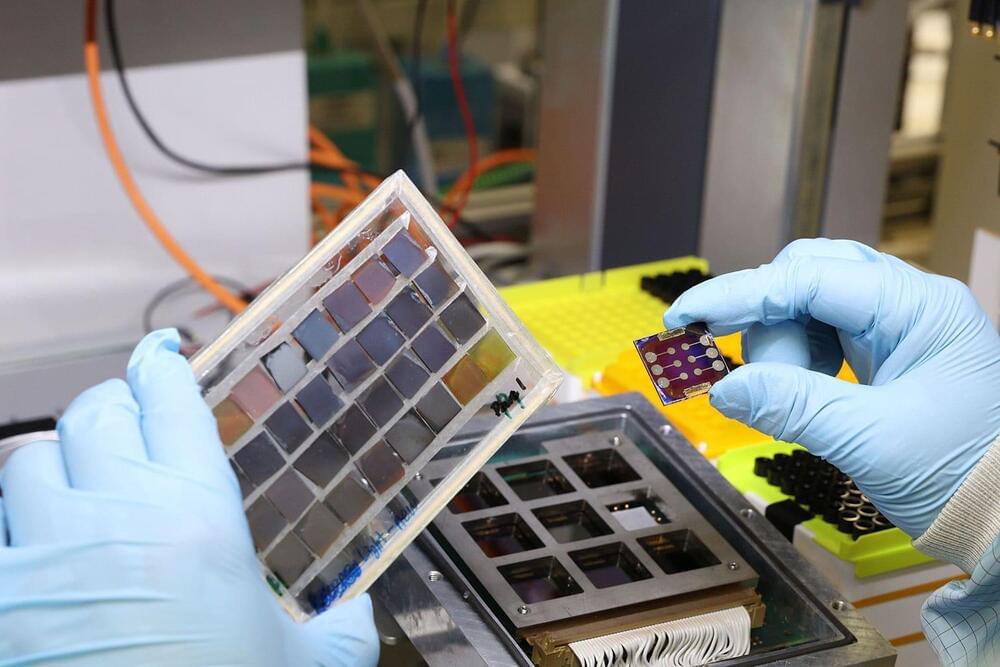
With an efficiency of 20.9%, the tested cell does not yet fully exploit the potential.
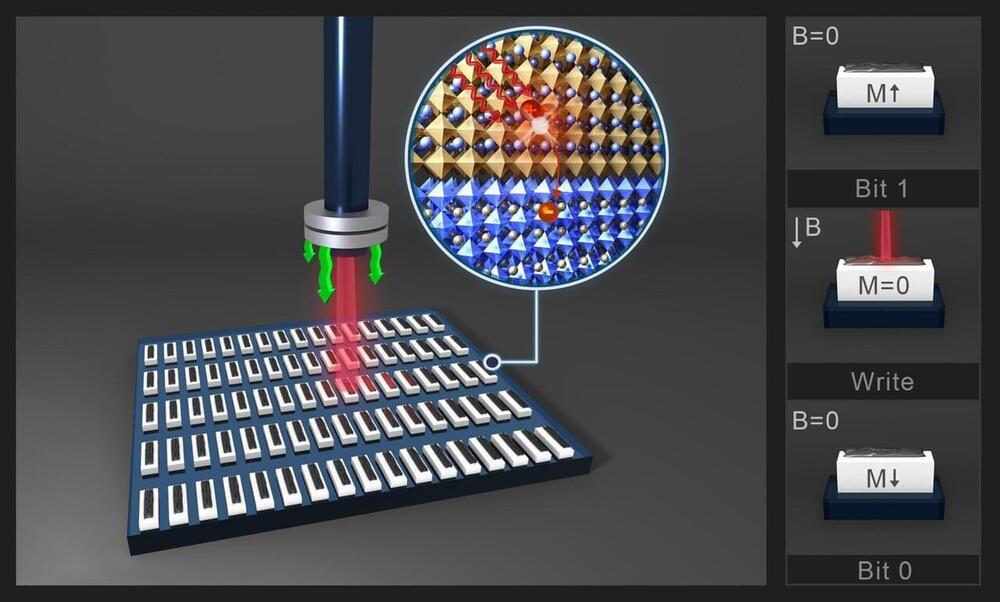
Circa 2020
What do you get when you place a thin film of perovskite material used in solar cells on top of a magnetic substrate? More efficient hard drive technology. EPFL physicist László Forró and his team pave the way for the future of data storage.
“The key was to get the technology to work at room temperature,” explains László Forró, EPFL physicist. “We had already known that it was possible to rewrite magnetic spin using light, but you’d have to cool the apparatus to—180 degrees Kelvin.”
Forró, along with his colleagues Bálint Náfrádi and Endre Horváth, succeeded at tuning one ferromagnet at room temperature with visible light, a proof of concept that establishes the foundations of a new generation of hard drives that will be physically smaller, faster, and cheaper, requiring less energy compared to today’s commercial hard drives. The results are published in PNAS.

Sunny way.
A ‘bike highway’ running between Daejon and Sejong in South Korea is a sight —or rather, a concept —, you surely haven’t thought of before: It stretches for 20 miles (32 km), and it not only shields cyclists from the sun but also generates power at the same time.
It’s true that a bicycle lane in the center of a highway is an unusual location for one, especially with three lanes of traffic on either side of it, yet it works. Much like the $3.7 million SolaRoad in the Netherlands, a 230-foot road replaced by solar panels, which powers the highway’s lighting system, this bike highway is a win for green energy. Its lanes produce more than enough electricity to power the lighting of the highway and the electric vehicle charging stations, according to Fast Company.
However, in the Netherlands, bicyclists ride on top of the panels instead of under them, while South Korea’s case is the opposite. Under the overhead solar panels, cyclists use subterranean tunnels to enter and exit the path, which boosts safety tremendously since they can get on and off the bikeway without being involved in the regular traffic. Once on the route, they’re shielded from the traffic on each side by barriers, and while that doesn’t provide pleasant roadside views, it does offer sun protection.

This all-electric 4×4 off-road concept has a monster battery pack, a brutally angular and military look that borrows heavily from the Cybertruck, and pop-out solar panels for off-grid charging. Oh, and if you need extra range, you can snap two extra wheels and a battery onto the back of it with a self-balancing caboose that makes it a six-wheel-drive.
First things first: Thundertruck is the brainchild of a Los Angeles “creative consultancy,” conceived mainly as a way to keep the team busy during the first wave of COVID lockdowns. “Instead of baking bread or making puzzles,” says the Wolfgang L.A. team, “we decided to make a new state-of-the-art EV truck.”
So while Wolfgang says it “has the ability to support an entire product development program, from research and strategy to initial sketches and first prototypes, all the way to advertising launch campaigns and content creation,” it’s fair to say it’s unlikely we’ll be seeing the Thundertruck out bush-bashing or crushing hillclimbs any day soon.
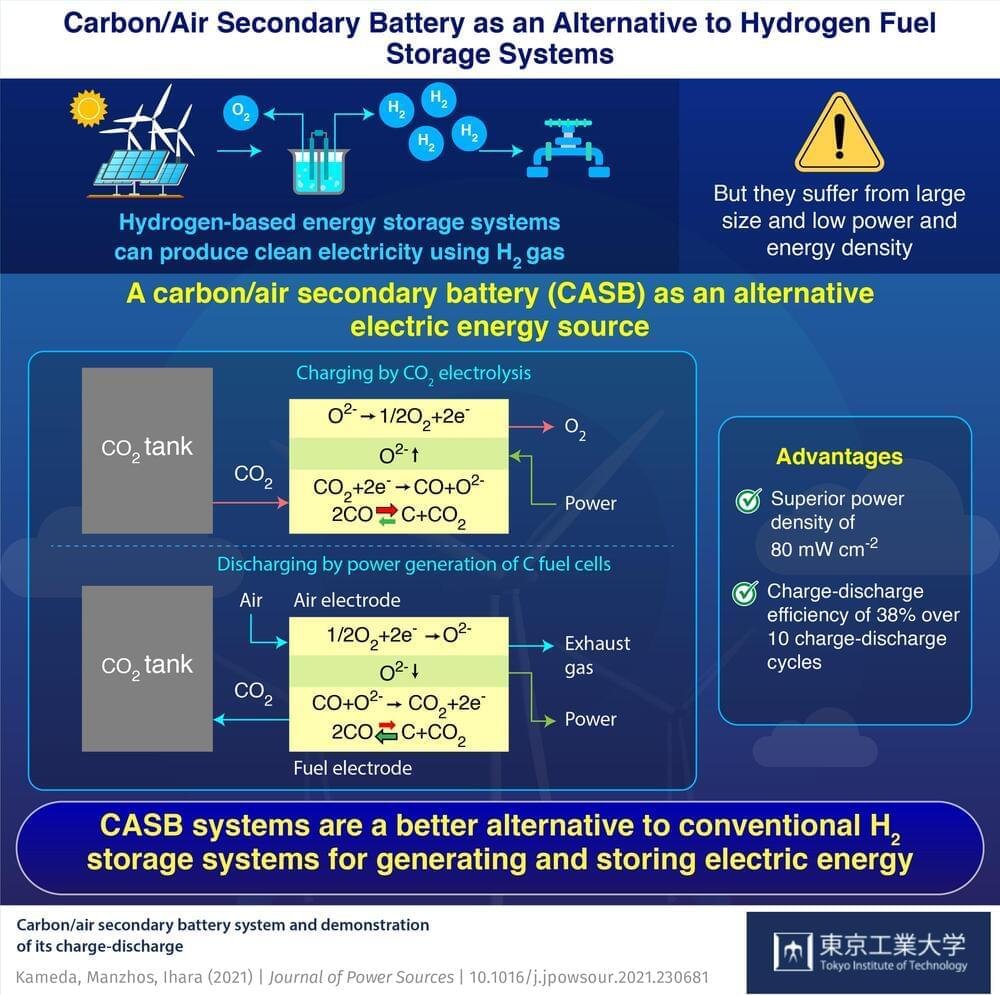
One of the barriers to generating electricity from wind and solar energy is their intermittent nature. A promising alternative to accommodate the fluctuations in power output during unfavorable environmental conditions are hydrogen storage systems, which use hydrogen produced from water splitting to generate clean electricity. However, these systems suffer from poor efficiency and often need to be large in size to compensate for it. This, in turn, makes for complex thermal management and a lowered energy and power density.
In a study published in Journal of Power Sources, researchers from Tokyo Tech have now proposed an alternative electric energy storage system that utilizes carbon © as an energy source instead of hydrogen. The new system, called a “carbon/air secondary battery (CASB),” consists of a solid-oxide fuel and electrolysis cell (SOFC/ECs) where carbon generated via electrolysis of carbon dioxide (CO2), is oxidized with air to produce energy. The SOFC/ECs can be supplied with compressed liquefied CO2 to make up the energy storage system.
“Similar to a battery, the CASB is charged using the energy generated by the renewable sources to reduce CO2 to C. During the subsequent discharge phase, the C is oxidized to generate energy,” explains Prof. Manabu Ihara from Tokyo Tech.
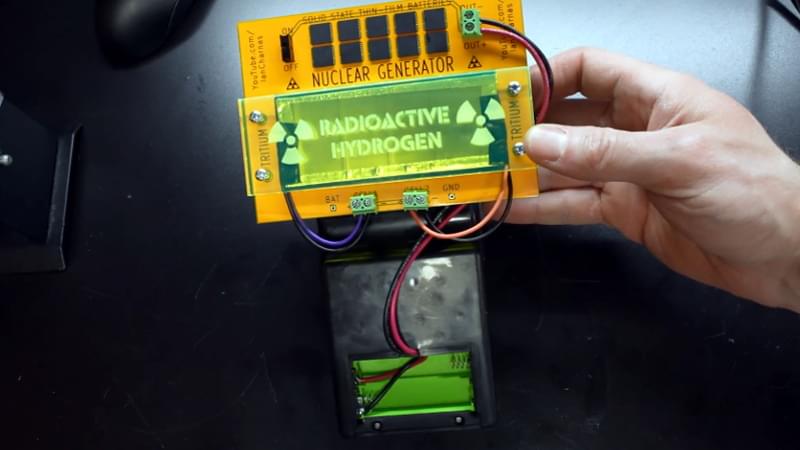
The idea of a tritium power cell is pretty straightforward: stick enough of the tiny glowing tubes to a photovoltaic panel and your DIY “nuclear battery” will generate energy for the next decade or so. Only problem is that the power produced, measured in a few microwatts, isn’t enough to do much with. But as [Ian Charnas] demonstrates in his latest video, you can eke some real-world use out of such a cell by storing up its power over a long enough period.
As with previous projects we’ve seen, [Ian] builds his cell by sandwiching an array of keychain-sized tritium tubes between two solar panels. Isolated from any outside light, power produced by the panels is the result of the weak green glow given off by the tube’s phosphorus coating as it gets bombarded with electrons. The panels are then used to charge a bank of thin-film solid state batteries, which are notable for their exceptionally low self-discharge rate.
Some quick math told [Ian] that a week of charging should build up enough of a charge to power a knock-off handheld Tetris game for about 10 minutes. Unfortunately, after waiting the prescribed amount of time, he got only a few seconds of runtime out of his hacked together power source.

The Air Force Research Laboratory’s (AFRL)and Northrop Grumman’s Space Solar Power Incremental Demonstrations and Research (SSPIDR) Project announced that they are one step closer to collecting solar energy in space and transmitting it to Earth using radio frequency (RF). The team has successfully conducted the first end-to-end demonstration of key hardware for the Arachne flight experiment.
A ground demonstration of novel components for the “sandwich tile” was used to successfully convert solar energy to radiofrequency (RF) – a fundamental step required to pave the way for a large-scale solar power collection system in space. For this to work, it is necessary to use receiving antennas on Earth to convert RF energy into usable power.
Space solar power is a key focus of AFRL, which awarded Northrop Grumman a $100 million contract in 2018 for the development of a payload to demonstrate the key components of a prototype space solar power system. The sandwich tile is currently under development as an essential payload component for Arachne and as a building block for a large-scale operational system.
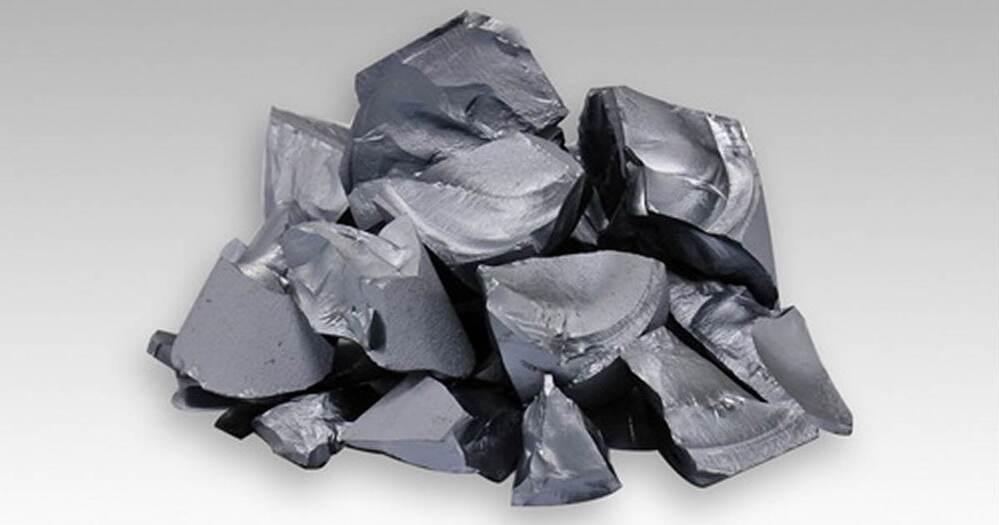
In a bit of good news, the spot price for solar grade polysilicon is dropping quite rapidly. If the trend holds, the cost of solar panels in Australia should follow suit soon-ish.
Polysilicon is used in the manufacture of conventional photovoltaic cells used in solar panels. The sought-after stuff was as cheap as chips in July last year, when it was below USD $7/kg. But a series of events including impacts from the pandemic and a couple of factory fires saw it skyrocket.
Polysilicon spot prices were as high as US$36.64/kg at the beginning of this month. But here’s what’s happened in the last few weeks as reported by Bernreuter Research.
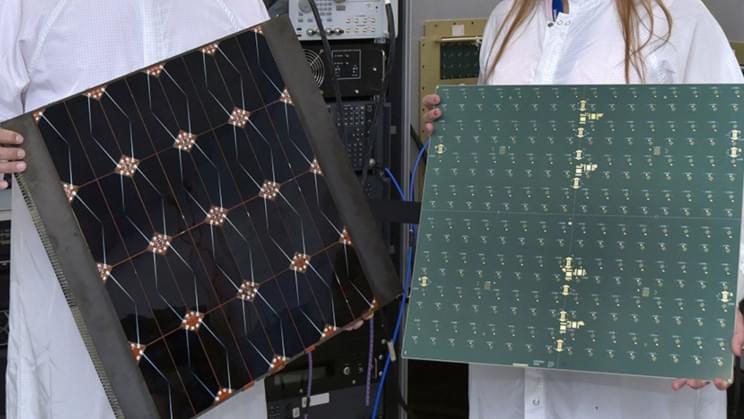
It’s the stuff of science fiction but it’s real.
Although it may sound like science fiction, space-based solar power has started making headway with several projects underway. In February, we brought you news of technology firm Redwire acquiring Deployable Space Systems (DSS), a leading supplier of deployable solar arrays capable of enabling space missions with the intention of using them to deploy space-based solar power.
Meanwhile, last August we brought you further news, of Caltech’s Space Solar Power Project (SSPP) that collected solar power in space to be transmitted wirelessly to Earth offering energy unaffected by weather or time of day. The project promised to make solar power that could be continuously available anywhere on earth.